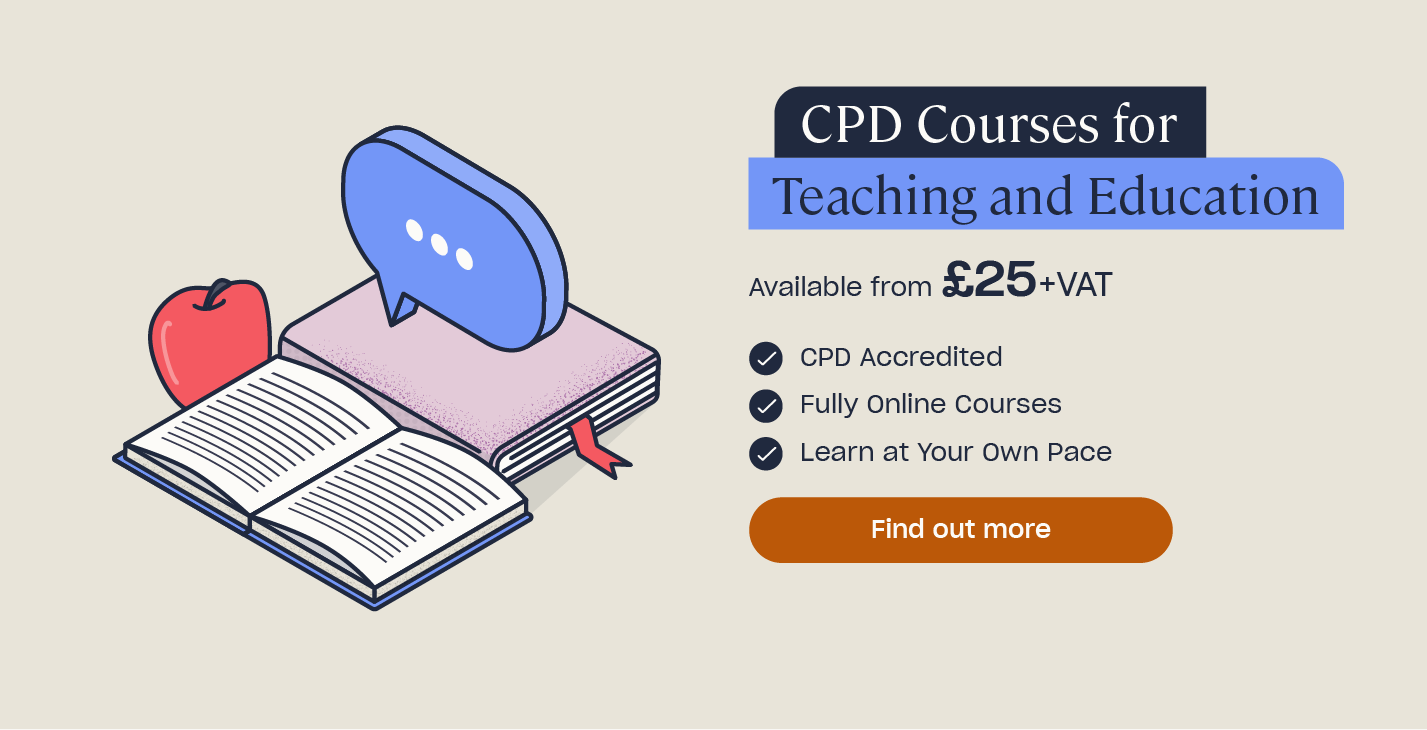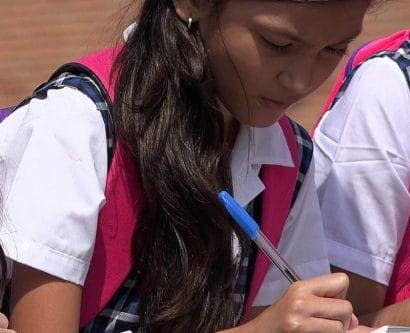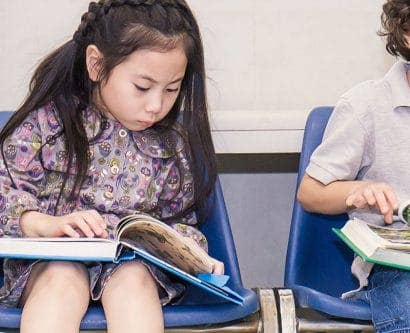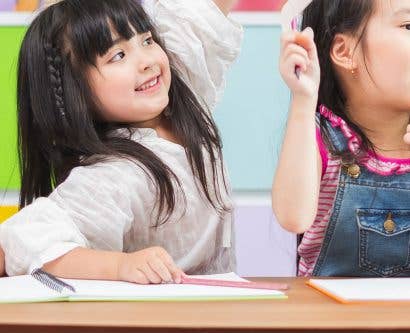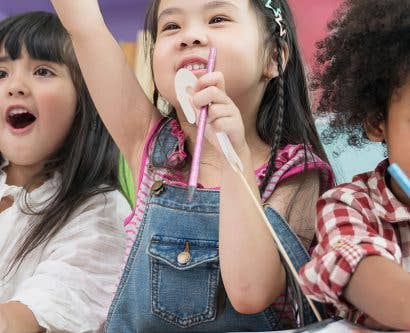How to Use the Engagement Model in Schools
It is now a statutory requirement for schools to use the engagement model, to assess and support some children with special educational needs and or disabilities (SEND) in Key Stages 1 and 2. In this article, we will introduce the framework of the engagement model and its key principles, including when and how it should be applied, and look at some examples of the engagement model in practice. This article will be useful for anyone working in an educational setting, especially with a role to play in assessing the learning of children with SEND, who are not engaged in subject-specific study.
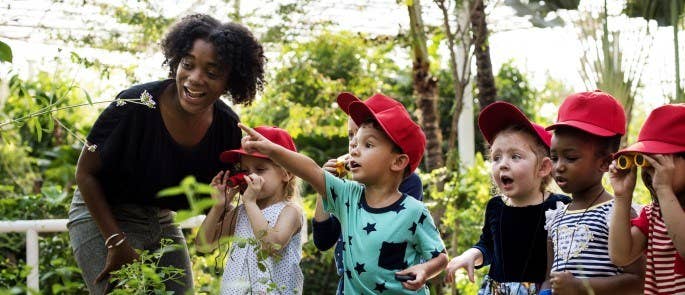
What is the Engagement Model?
The engagement model is an assessment tool which has been developed to help schools support children who are not working at the level of the national curriculum. Since becoming a statutory requirement in September 2021, it has replaced what in the previous system were P-levels – one to four.
Who Should Be Assessed Using the Engagement Model?
Children not engaged in subject specific study should be assessed using the model. These will usually be children who have serious cognitive impairments and learning difficulties, which in turn lead to significant delays in reaching developmental milestones.
The DfE defines subject specific study as ‘where a pupil can demonstrate recognisable and specific skills, knowledge and understanding in English language comprehension and reading, English writing and mathematics.’ If a child is working below the level of the national curriculum but can demonstrate such skills, then the engagement model should not be used for them. Instead they should be assessed using the Pre-Key Stage Standards.
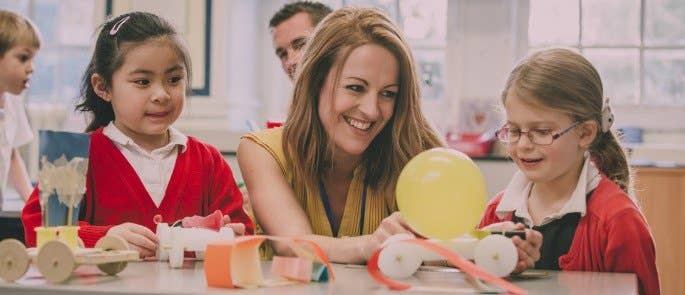
Principles of the Engagement Model
The Engagement Model uses a pupil-centred approach that focuses on abilities rather than disabilities, enabling the pupils’ achievements and progress to be measured over time. Used as part of the Graduated Approach that should be used to support children with SEND, the engagement model, enables teachers to assess:
- How well these pupils are being engaged in developing new skills, knowledge, and concepts in the school’s curriculum.
- How effective the special educational provision is, and how effectively pupils are engaging with, and making progress against, their outcomes in their Education, Health and Care (EHC) plans.
- Their achievements and progress across the four areas of need of the SEND code of practice.
Sustainable learning can occur only when there is meaningful engagement. The process of engagement is a journey which connects a child and their environment (including people, ideas, materials, and concepts) to enable learning and achievement.
Carpenter et al, 2011.
The model was based on work led by Professor Barry Carpenter which found that engagement was the single best predictor of successful learning in children with special needs and/or disabilities. Through regular observational assessment, the engagement model measures progress against five interrelated areas of engagement.
These are:
- Exploration.
- Realisation.
- Anticipation.
- Persistence.
- Initiation.
It aims to identify and celebrate the small steps of progress that might be made by those children with the highest levels of SEND. The areas in which each child is assessed will depend upon their individual EHC plans. The areas are not hierarchical and there is no expectation that a child will make progress in all five areas.
The engagement model does not provide the curriculum for those pupils, or provide any teaching tools or strategies. It must be used alongside, rather than in replacement of, a school’s existing planning, assessment, and reporting systems.
Want to Learn More?
Take a look at our online education courses where you’ll find everything from SEND in the Classroom to Challenging Behaviour.
Engagement Model Examples
Conducting Observations
The guidance states that when a teacher observes a pupil, they should:
- clearly plan and structure their observations.
- try to make sense of the pupil’s responses.
- ensure all members of staff working with the pupil are able to contribute to the observation process.
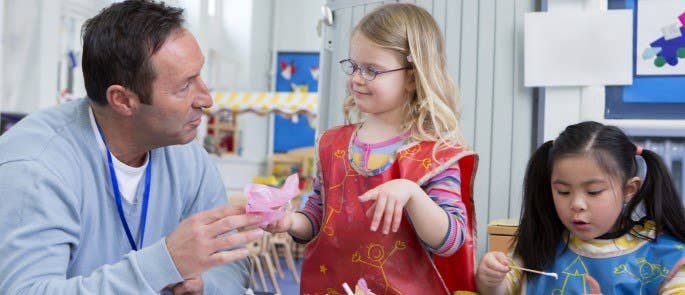
Trying to make sense of a pupil’s responses requires skill and knowledge of that individual child. You may need to be able to observe small, nuanced variations in a child’s behaviour or the way they approach an activity. These might include fleeting eye movements or pupil dilation, a change in facial expression, vocalisation, small changes in breathing patterns, momentarily freezing or ‘stilling’, or movements of the mouth, hands, or feet.
As with all SEND provision, the key is to get to know the individual child. Based on your knowledge and experience of the pupil, you must be able to establish:
- that the pupil’s response is intentional (and not reflexive such as a startled reaction).
- that the pupil’s response is a direct result of the stimulus rather than to the teacher’s actions.
- what qualities of the stimulus led to the pupil’s response.
- that the pupil’s response is not due to seizure activity or stereotyped movements.
The following dropdowns look at each of the five areas of engagement, suggest questions you might ask yourself during observations, and provide examples in context.
Exploration
Is a pupil interested in or curious about a stimulus or activity? – for example, during a science lesson where Year 1 children are planting sunflower seeds, does the child show interest in the activity as it is happening? Using what you know about their communication style, you will perhaps notice signs of curiosity.
Does this translate to different contexts or environments? – if you then go outside to plant some seeds in the school garden or outside space, does the child still show interest?
Do they build on their initial response to it? – do they perhaps indicate a wish to explore the seeds or the activity, or return to it after it ceases to be the focus, e.g. if the plants are on the windowsill to be observed as they grow.
Over time, if you can observe patterns regarding which stimuli or activities prompt exploration, this can help you to plan further effective activities for that child. In this case, you may notice that the child responds to the sensory experience of the seeds themselves, in which case you may be able to build on that engagement, incorporating seeds, or items with similar sensory properties, into other learning activities.
Realisation
Does the child show they want more control of the stimulus or activity, for example by stopping it or trying to make changes to it? Here a child might react with what familiar adults consider to be ‘surprise’, ‘excitement’, ‘delight’, ‘amazement’, or ‘fear’.
An example of this might be in a music activity. When presented with some musical instruments to play, a child may express delight when the drum is played, may indicate that they want to play it themselves, and begin to explore what happens when they hit the drum in different ways, or with different things.
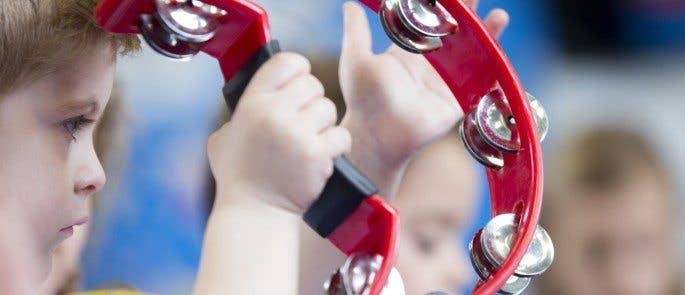
Realisation becomes more established when the pupil uses the newly developed skills or knowledge in new ways and in different contexts or environments. In this example, they may apply the skill of hitting something to make sounds outside using a tub, rather than using the drum they first encountered. Building on this realisation can help keep the pupil excited in their education.
Anticipation
Does the pupil predict, expect, or associate a stimulus or activity with an event? They may interpret different prompts, such as auditory, tactile, and visual cues, to anticipate that a familiar activity is about to start or finish. For example, when the box containing the PE bags is wheeled into the classroom, they begin to associate that with the upcoming PE lesson.
Anticipation is considered to be more established if the pupil shows awareness that a familiar activity is about to start or finish, even when cues and prompts are reduced. This is important in measuring the pupil’s understanding of cause and effect which in turn prepares the brain and helps with the pupil’s memory and sequencing.
Persistence
Can the pupil sustain their attention in a stimulus or activity for long enough that they can actively try to find out more and interact with it?
This aspect of engagement is important as it will help a pupil to maintain an activity long enough to develop, reinforce, and apply their skills or knowledge. By observing what stimuli or activities the child is keen to persist with, you can again use this knowledge to inform future planning.
Initiation
How much, and in what ways, does the pupil investigate a stimulus or activity in order to bring about a desired outcome? Do they do this independently and spontaneously during a familiar activity? For example, if they have a favourite picture in a familiar ‘lift-the-flap’ picture book, which is concealed by the flap, on sharing the story with you, do they independently lift it to reveal their favoured image?
Initiation is important to assess the pupil’s development independence, which is required for more advanced progression.
Why Should Teachers Use the Engagement Model?
Using the engagement model is a statutory requirement for those children not working in subject specific study in Key Stages 1 and 2, but the engagement model can also be an effective assessment framework for young people up to 25 years old, where appropriate. It has many advantages, including.
- It reflects the principles of the SEND Code of Practice by putting the individual child, their interests, and learning potential at the centre of the process.
- It assesses both linear and lateral progress – for some children an element of progress will be consolidating their current knowledge, skills, or concepts or even preventing a decline of those.
- It is based on regular observational assessment by someone who knows the child well and invites reflective pedagogy.
- Used regularly throughout the year, it forms a continuous cycle of ‘assess, plan, do and review’ enabling the pupils’ achievements and progress to be measured over time.
- It values all sources of knowledge and information provided by those supporting the pupil, including teachers, school staff, other professionals and parents or carers. Our article Supporting Pupils with SEN in the Classroom looks further at building a holistic picture of pupils’ needs and some strategies to apply.
- It provides a consistent approach and common language amongst schools and people working with the pupil.
- It can provide an essential tool in supporting those children whose needs are most profound and complex.
- Acting on careful observation will allow the most relevant and motivating bespoke curriculums to be developed for these children, working towards their own individual EHC plan outcomes, by celebrating and building on their interest and engagement.
How to Implement the Engagement Model in Schools
Schools must report which primary-aged pupils are being assessed using the engagement model. However, they do not need to submit any attainment data.
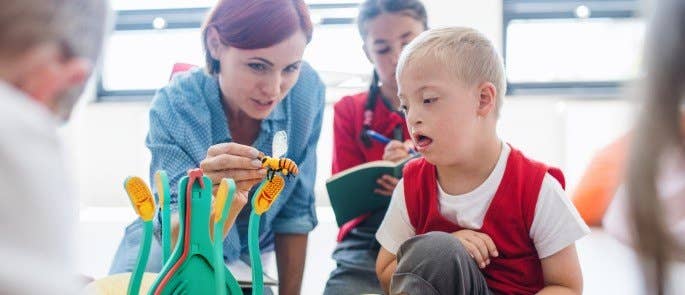
The tool is designed to be used alongside school-specific systems of planning and assessment, and schools have autonomy over how they implement it.
Considerations will need to include:
- How the engagement model will fit into their current systems for assessing and monitoring progress.
- How they will monitor non-linear progress – there is no specific guidance as to how this should be done which could potentially lead to inconsistencies (Aidonopoulou-Read, 2021).
- How many assessments will be completed and how regularly (again this should be driven by the needs of the individual child but schools will need to set some expectations for staff).
- Whether or not staff will require training with regards to making the observations.
- Who will be responsible for the assessment. As we have seen, there is an expectation that observations from several people who know the child well will be included, but the class teacher is likely to be ultimately responsible for coordinating these and collating the information.
- What evidence will be kept, and how will observations be recorded?
- The ways in which parents will be involved, and their observations included. There is a statutory obligation to report details of pupils’ achievements and progress to parents and carers annually. The information gathered from the application of the engagement model will feed into this.
- It is a potential concern that implementing the engagement model in addition to whatever current assessment and monitoring systems schools have in place could increase teacher workload (Aidonopoulou-Read, 2021). Schools should consider how time will be allocated to allow for the observations and the recording of them. In order for the benefits discussed to be gained, the observations and the opportunities to build on them need to be meaningful.
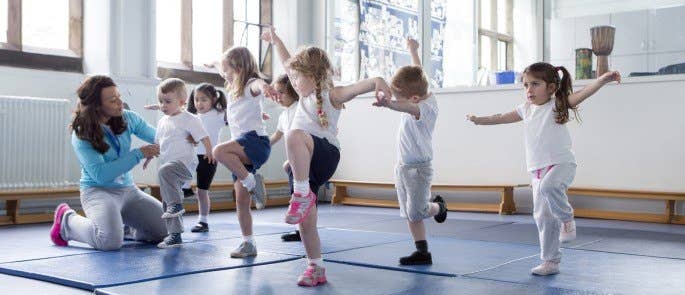
The engagement model offers a framework for celebrating the successes and building on the interests of those children who have some of the most significant barriers to accessing learning opportunities. We hope this article has given you some useful insight and will help enrich your practice to benefit all learners.
Further Resources:
- CPD Courses for Teaching Staff
- Supporting Pupils with SEN in the Classroom
- ABC Chart for Challenging Behaviour: Free Template
- 7 Creative Classroom Exercises for Teaching SEN Children
- Special Educational Needs and Disabilities (SEND) in the Classroom Course


